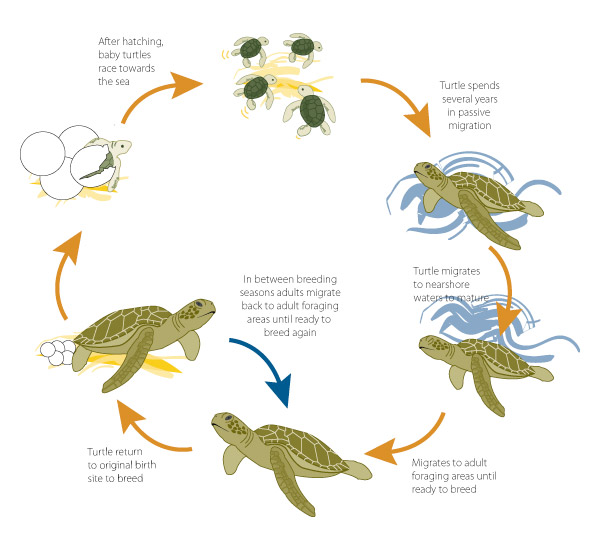EXERCISE 2:
A. Fill in the blank correctly with the answers
given below.
mud migrate hump fat hibernate
1. Swallows ....................... to warmer areas
during the winter.
2. A penguin has a thick layer of .......................
under its skin.
3. A rhinoceros wallows in ...................... to
keep cool.
4. A bear and squirrel .................... during
winter.
5. A camel stores water in its ....................
****************************************
B. Underline the correct answers.
1. The banana plant ( curls up , sheds ) its
leaves on a hot day.
2. A ( caterpillar , fish ) excrete carbon dioxide
through its gills.
3. A ( mamba , bedbug ) releases poison when
attacked.
4. Bryophyllum and begonia plants reproduce
from ( leaves, spores ).
5. Rose uses ( latex , thorns ) to protect itself.
****************************************
C. Choose the correct answers.
1. How does a bamboo plant protect itself from
its enemies ?
A) It has a flexible stem
B) It produces latex
C) It has long leaves
D) It has fine hairs
2. The following note describe a process:
*Animal R sleeps when the weather is very
cold.
What is this process known as ?
A) Camouflage
B) Hibernation
C) Excretion
D) Reproduction
3. The following notes describe a living
things:
* lives in the soil
* breathes through moist skin
Which living thing is being described ?
A) Frog
B) Rat
C) Mosquito larva
D) Earthworm
4. Which of the following living things live in
very cold and windy places ?
I) A polar bear
II) A pine tree
III) A cactus plant
A) I
B) I and II
C) II and III
D) I, II and III
5. What do a cactus, camel and scorpion have
in common ?
A) They all have spines
B) They can live without water
C) They are poisonous
D) They all live in hot and dry places
B) They can live without water
C) They are poisonous
D) They all live in hot and dry places
















